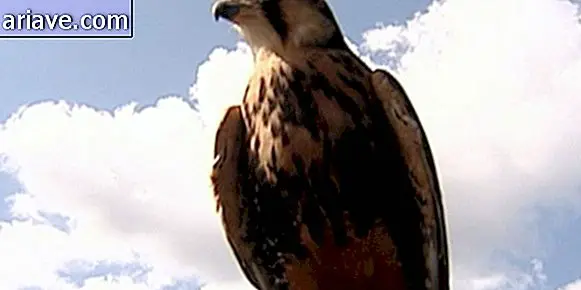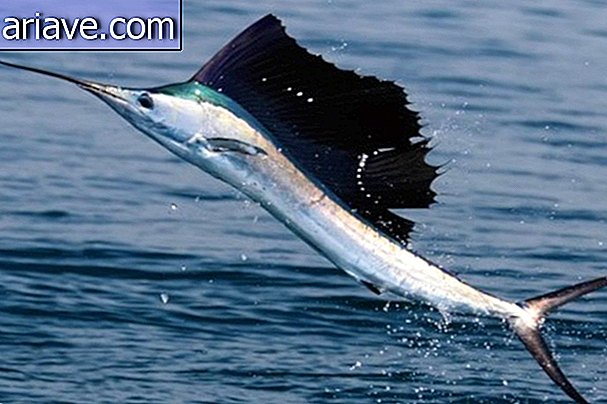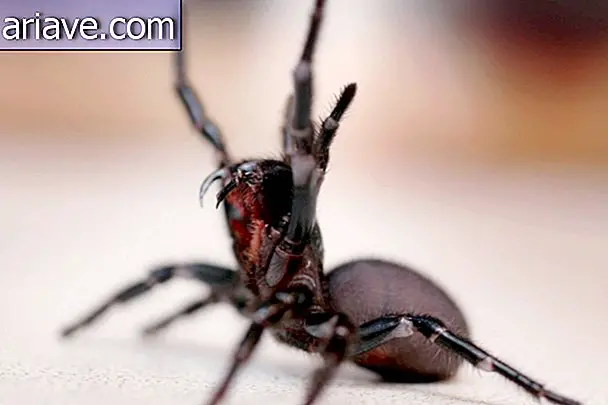Cocoa is older - and more southern! - what was believed
"People in the upper Amazon Basin, extending to the Andes foothills in southeastern Ecuador, were harvesting and consuming cocoa that appears to be a close relative of the type of cocoa used in Mexico. This suggests that the use of cocoa, probably as a drink, it was something that took hold and most likely spread north through cocoa farmers in what is now Colombia and eventually Panama and other parts of Central America and southern Mexico. "
With this speech, archaeologist Michael Blake of the University of British Columbia, Canada, reported his findings in a recent scientific research that revealed that, contrary to what was previously believed, cocoa, the plant that gives rise to chocolate, It may have been grown in South America centuries before it reached Mexico.

Published in the journal Nature Ecology and Evolution, the analysis shows that it could have existed some 5, 300 years ago, approximately 1, 500 years before the date so far.
But how did the subject come to this conclusion? Analyzing an Ecuadorian archaeological site called Santa Ana-La Florida, the former home of a Mayan-Chinchipe civilization, Blake noticed that some vases, a type of cups, used by the people living there 5, 500 years ago were very similar to that were used by the Maya.

To answer the question, he had these pieces analyzed and found residues of Theobroma cacao - the cacao tree! Twenty-five pieces of pottery and 21 stone artifacts contained DNA sequences specific to domestic variations of this plant, indicating that yes, the Mayans drank chocolate.
Sonia Zarrillo of the University of Calgary, one of the co-authors of the analysis, explained that this evidence group allowed the team to "definitely identify a plant that is quite difficult to track in the archaeological record because seeds and other parts quickly degrade in tropical environments. humid and hot ".
Earlier research even pointed out that cocoa was born in the Amazon rainforest, but nothing had been proven or even come close to it.
***
Do you know the Mega Curioso newsletter? Weekly, we produce exclusive content for lovers of the biggest curiosities and bizarres of this big world! Register your email and do not miss this way to keep in touch!











